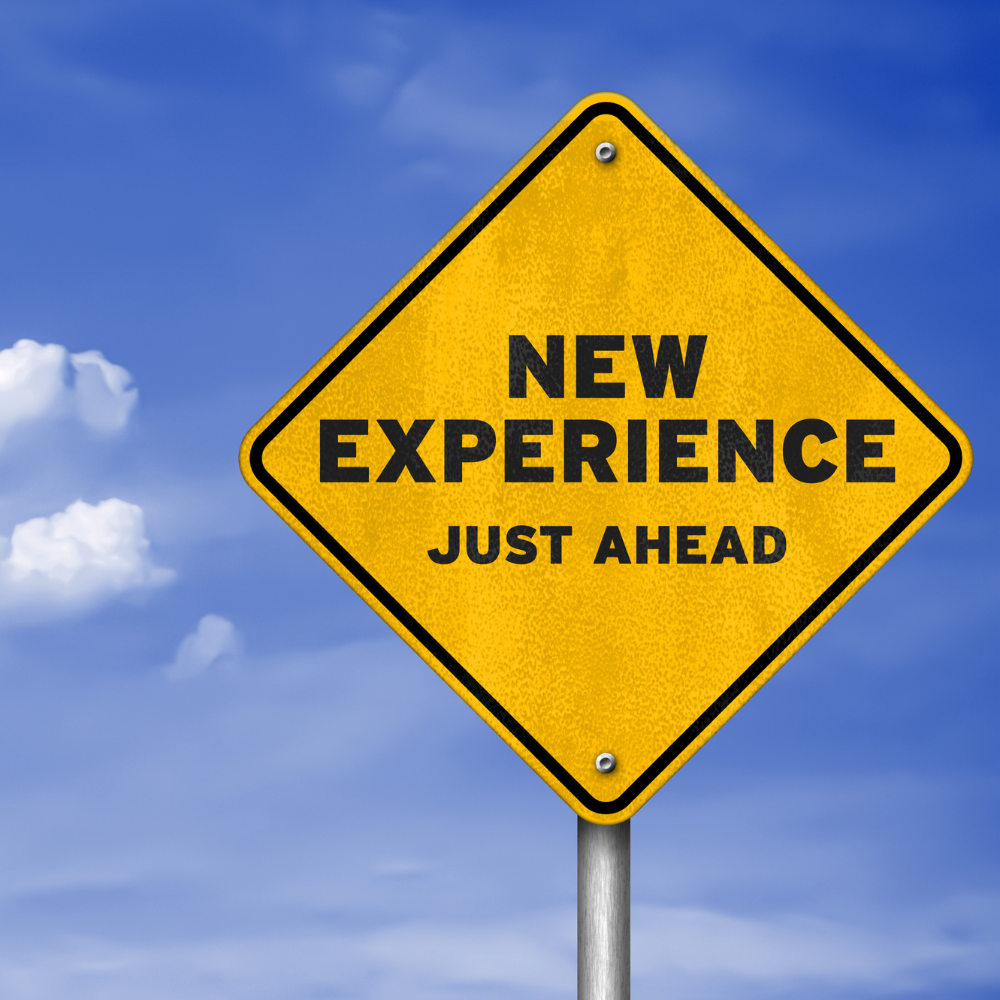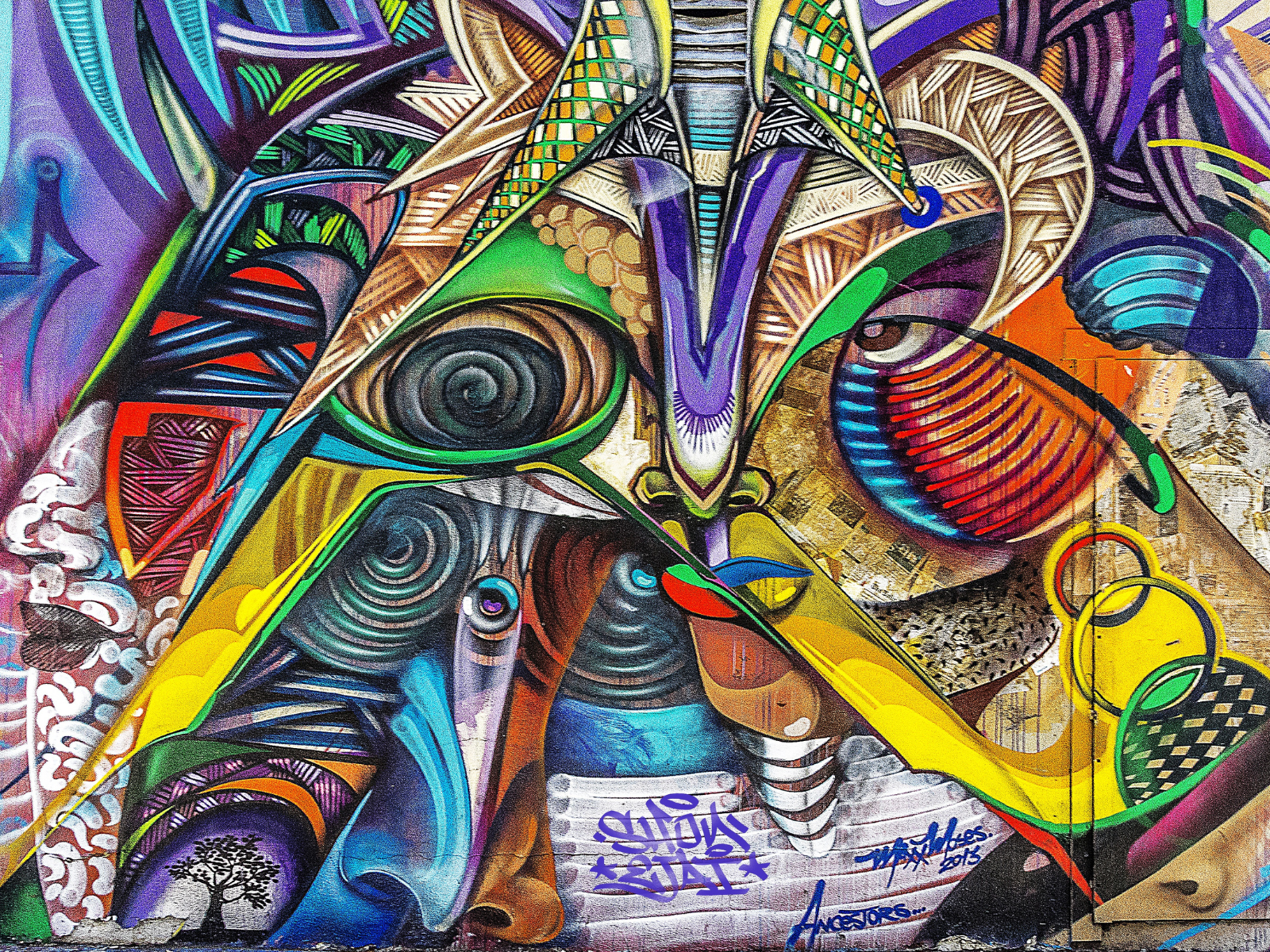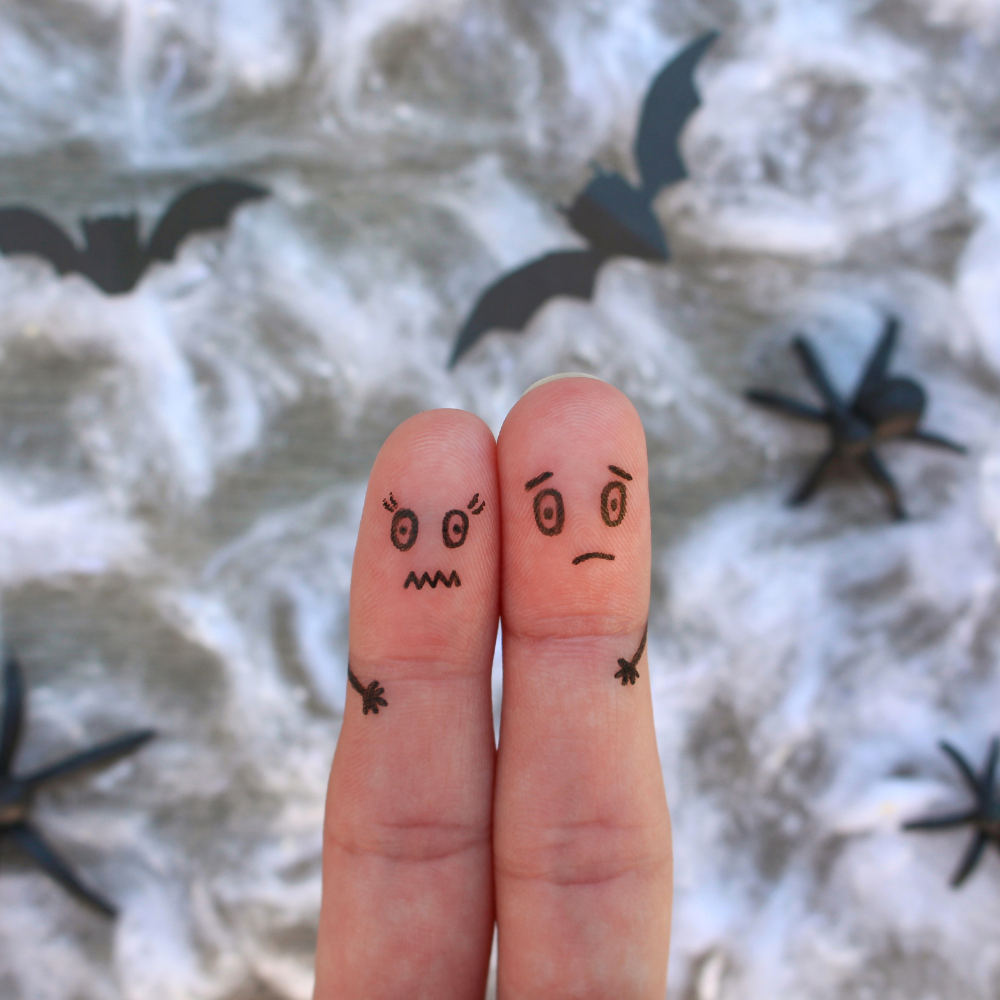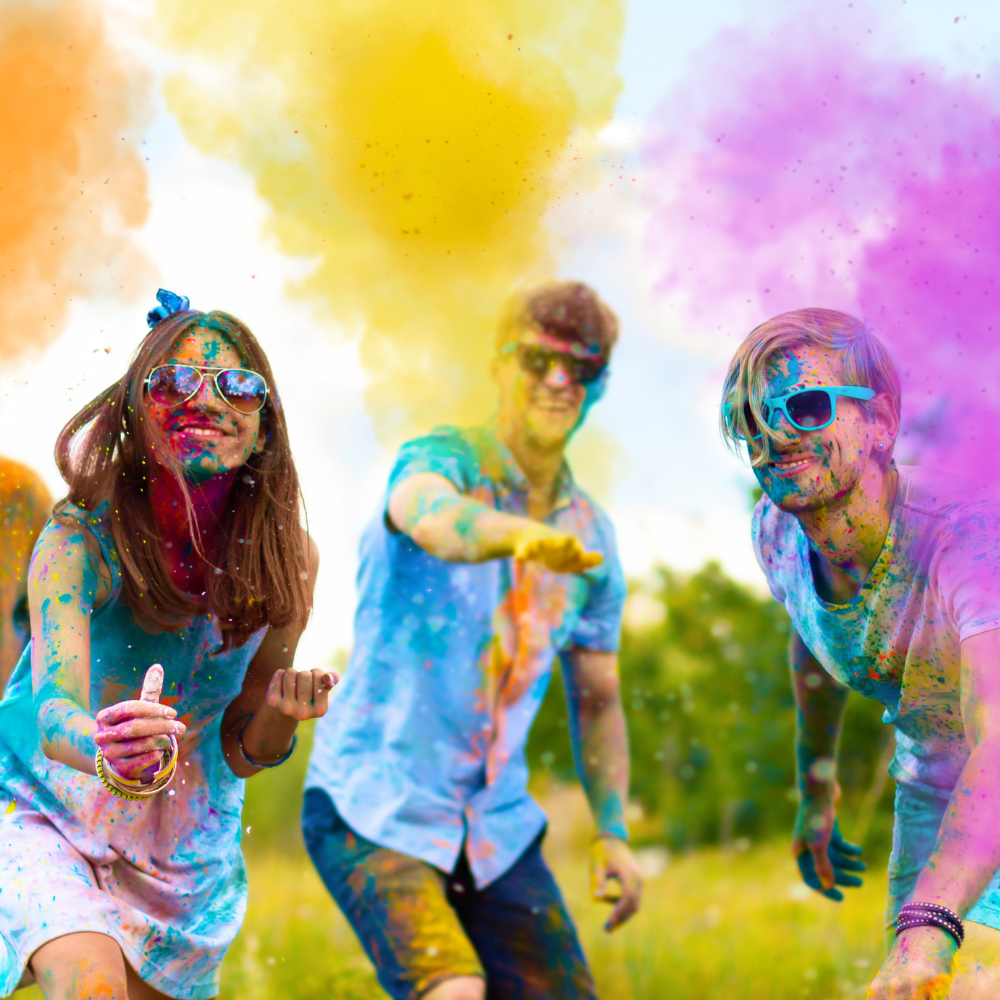Are you looking to break out of the doldrums and try something new, even if it’s a little risky?
Take heart!
Experiments in creativity can be extremely rewarding - not just for yourself as an artist but also for the art world at large.
Experimental art--the process of pushing boundaries in the arts and taking risks with your own projects--is a fantastic way to express yourself and grow as an artist.
As artists, we often get comfortable with our styles and techniques, but taking creative risks and experimenting with different methods can result in game-changing discoveries, leading to incredible breakthroughs in our artistic pursuits.
Just like any creative endeavor, art requires constant experimentation, risk-taking and adventurousness.
If you want to breathe new life into your creative pursuits, it's time to embrace experimentation.
By understanding how experimental art works, what it has achieved thus far, and why it's so important to take chances with your creativity, creators of all sorts can unlock their full potential.
In this blog post, we’ll explore the impacts of stepping away from your comfort zone and pushing the limits of what we think is possible in our artwork.
Whether you are an amateur hobbyist or a professional artist, exploring new and unique ways of creating can spark creativity and inspiration that will invigorate your work in unique and unexpected ways.
Let's take a look at how taking risks helps artists explore different art mediums and techniques, why experimentation is important even (and often especially) when it doesn't lead to success right away, plus plenty of tips on getting started with experimenting in arts and crafts.
Get ready to take off on an experimental journey, where you will find new ideas and fresh ways to create unique works that are sure to spark inspiration among all kinds of artists!
Read on to see how embracing risk-taking can help open up a world of exciting opportunities for creators everywhere!
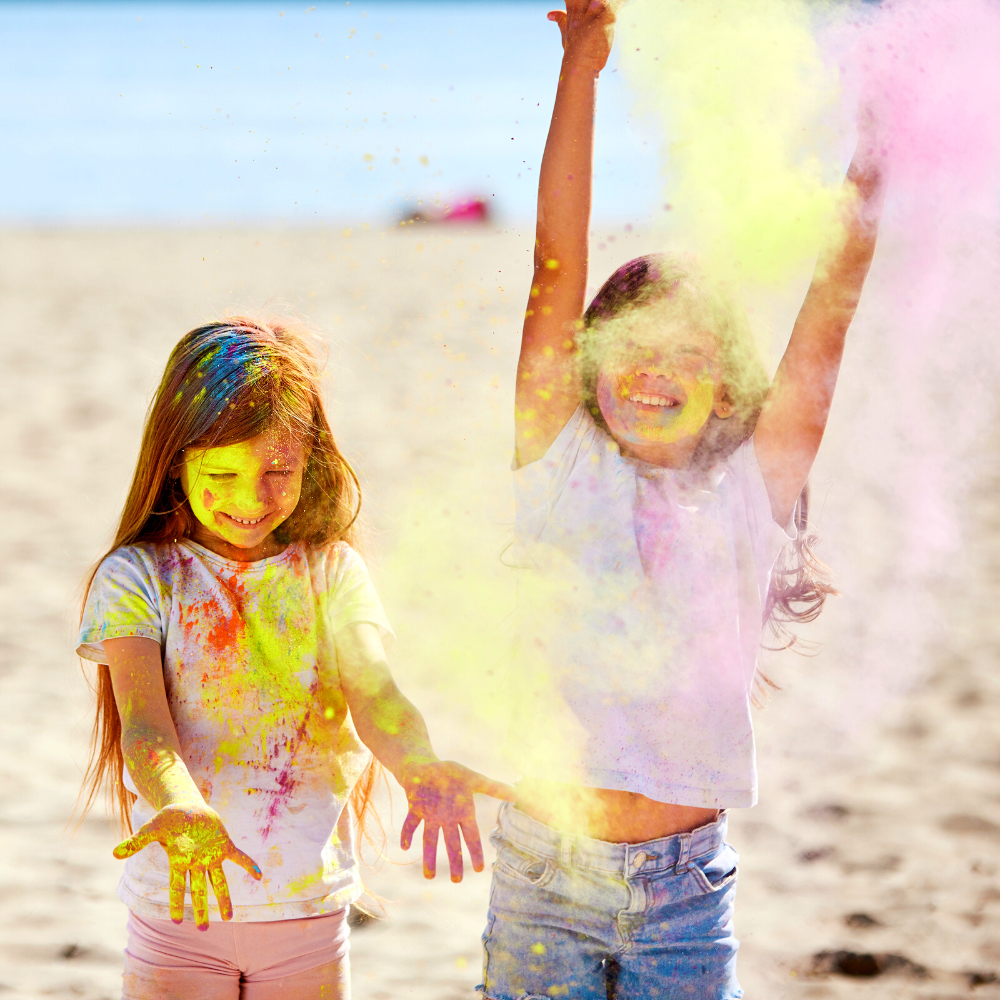
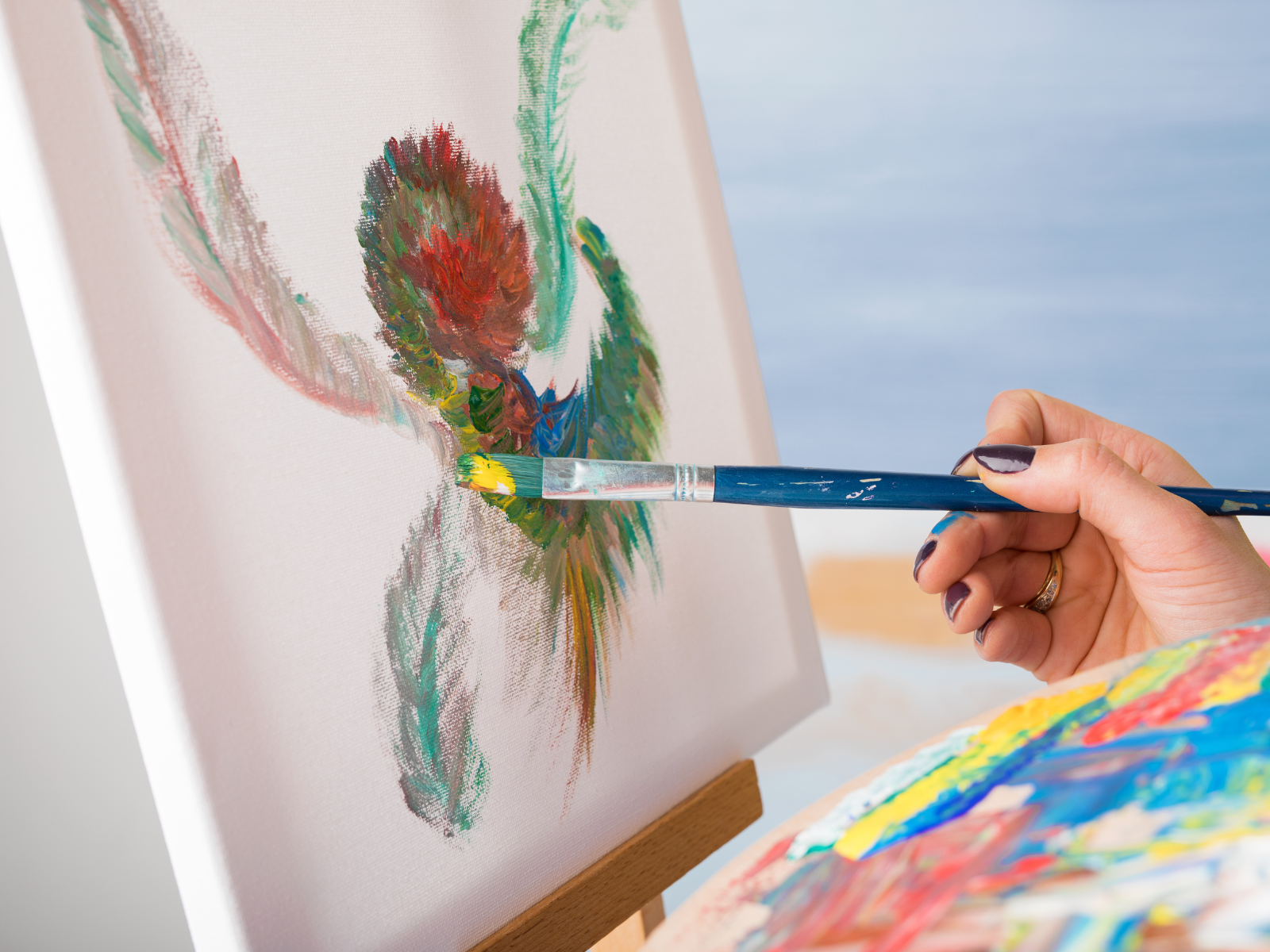
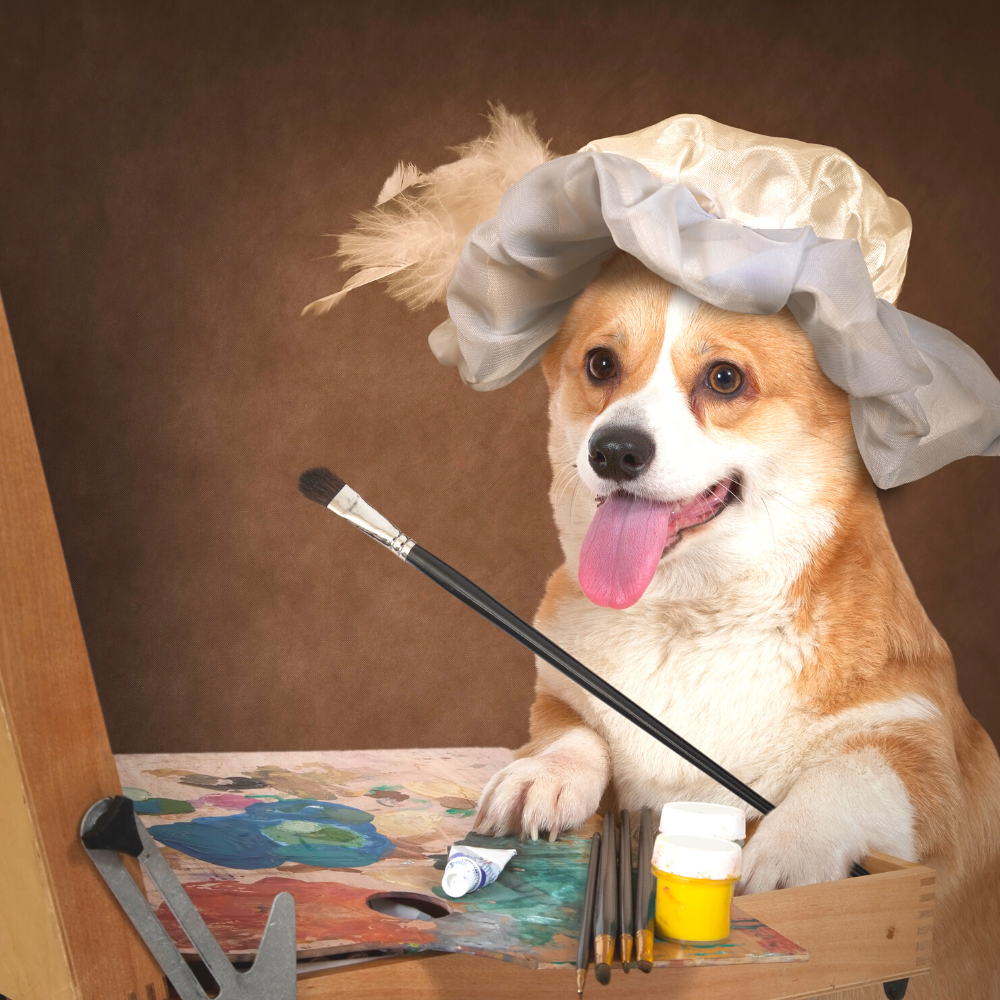
Artistic Experimentation
Art is a realm of boundless possibilities, where creativity knows no limits.
It is in this realm that experimentation takes center stage, pushing the boundaries and challenging the established norms.
In the context of art, experimentation refers to the act of exploring new approaches, techniques, and ideas that deviate from traditional or established methods.
It is an essential tool for artists seeking to break free from the confines of conformity and unlock their true creative potential.
Experimental art, my friends, is like a breath of fresh air in the stuffy room of traditional art forms.
It's an artistic movement that thrives on unfamiliarity, cherishing the element of surprise and pushing the limits of artistic expression.
It's about stepping outside the comfort zone and diving headfirst into the unknown, armed with nothing but curiosity and a thirst for innovation.
It's the rebellious cousin at the family gathering, the eccentric artist who dances to their own tune.
It's about pushing boundaries, embracing the unfamiliar, and daring to break free from the shackles of conventionalism.
Experimental art is essentially a style of art that aims to break free from tradition that explores new ideas, approaches, and techniques to create something unique, unconventional, and innovative.
The key to successful experimental art lies in taking risks and pushing boundaries to create something new and original.
But why is experimentation so crucial in the creative realm?
Well, my dear readers, it's because experimentation opens doors to uncharted territories; it allows artists to tap into their deepest wells of imagination, unearthing hidden treasures that would otherwise remain buried.
It challenges the status quo, forcing us to question our preconceived notions of what art should be.
Picture this: an artist standing before a blank canvas, armed with brushes, paints, and an unwavering desire to create something that has never been seen before.
They throw caution to the wind, surrendering themselves to the process of experimentation.
Colors blend in unexpected ways, brushstrokes dance across the canvas in a frenzy, and forms emerge from the chaos.
This is the magic of experimental art unfolding before your eyes.
Let's delve into the world of experimentation and discover its impact on the arts, creativity, and creators.
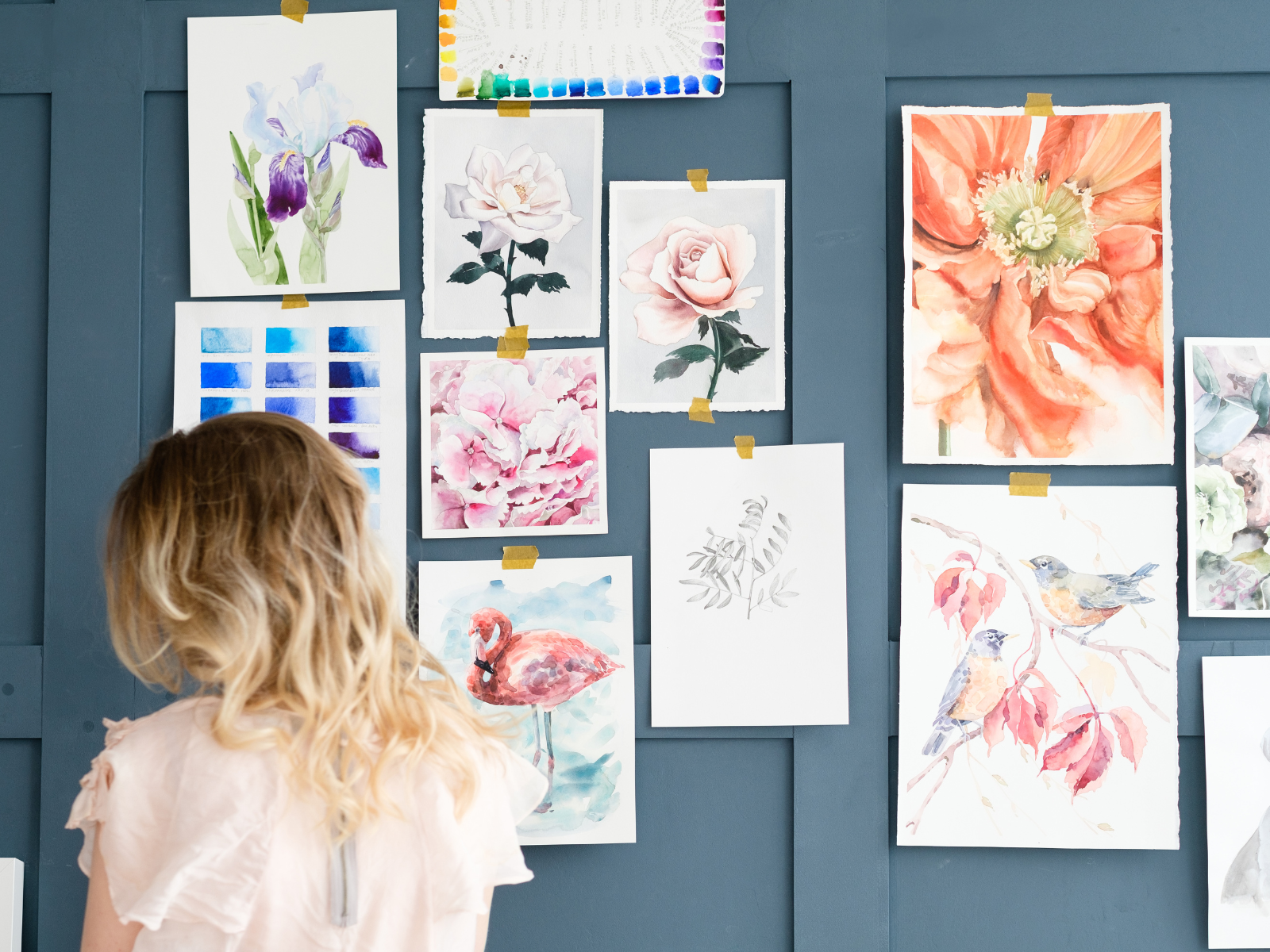
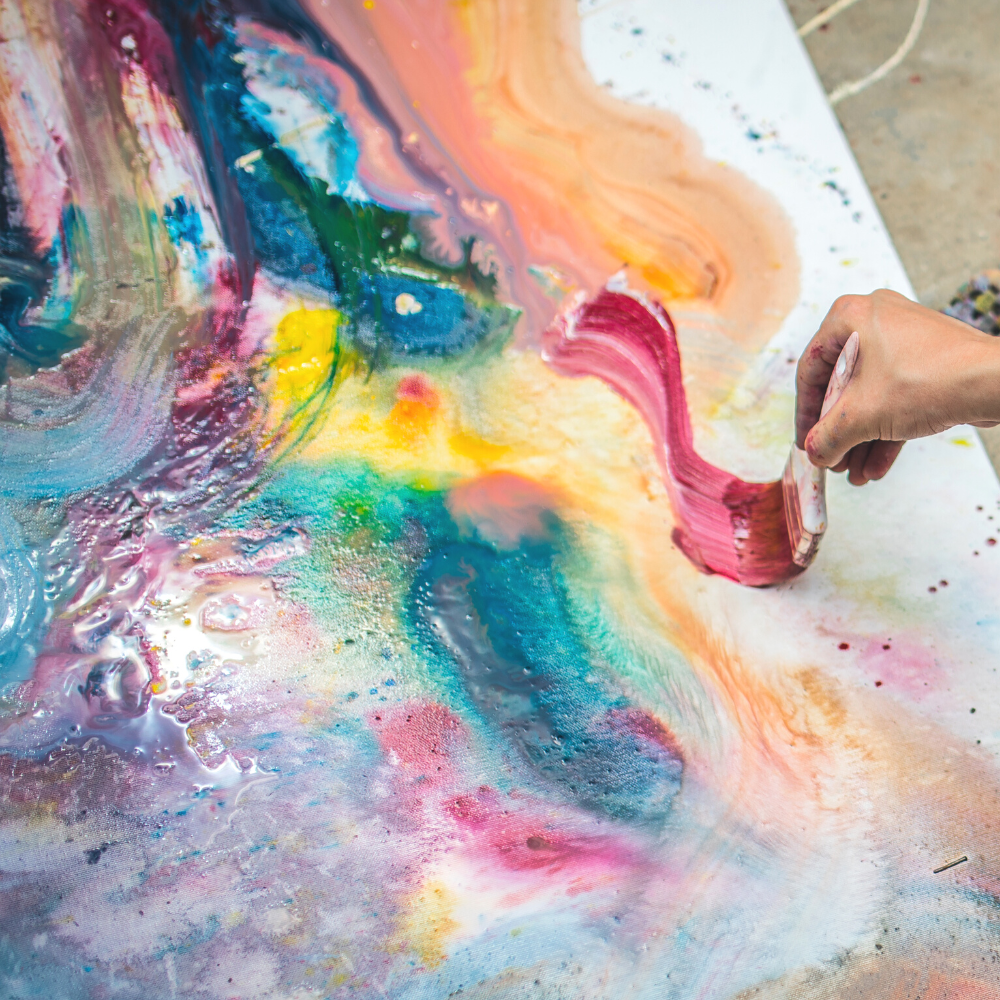
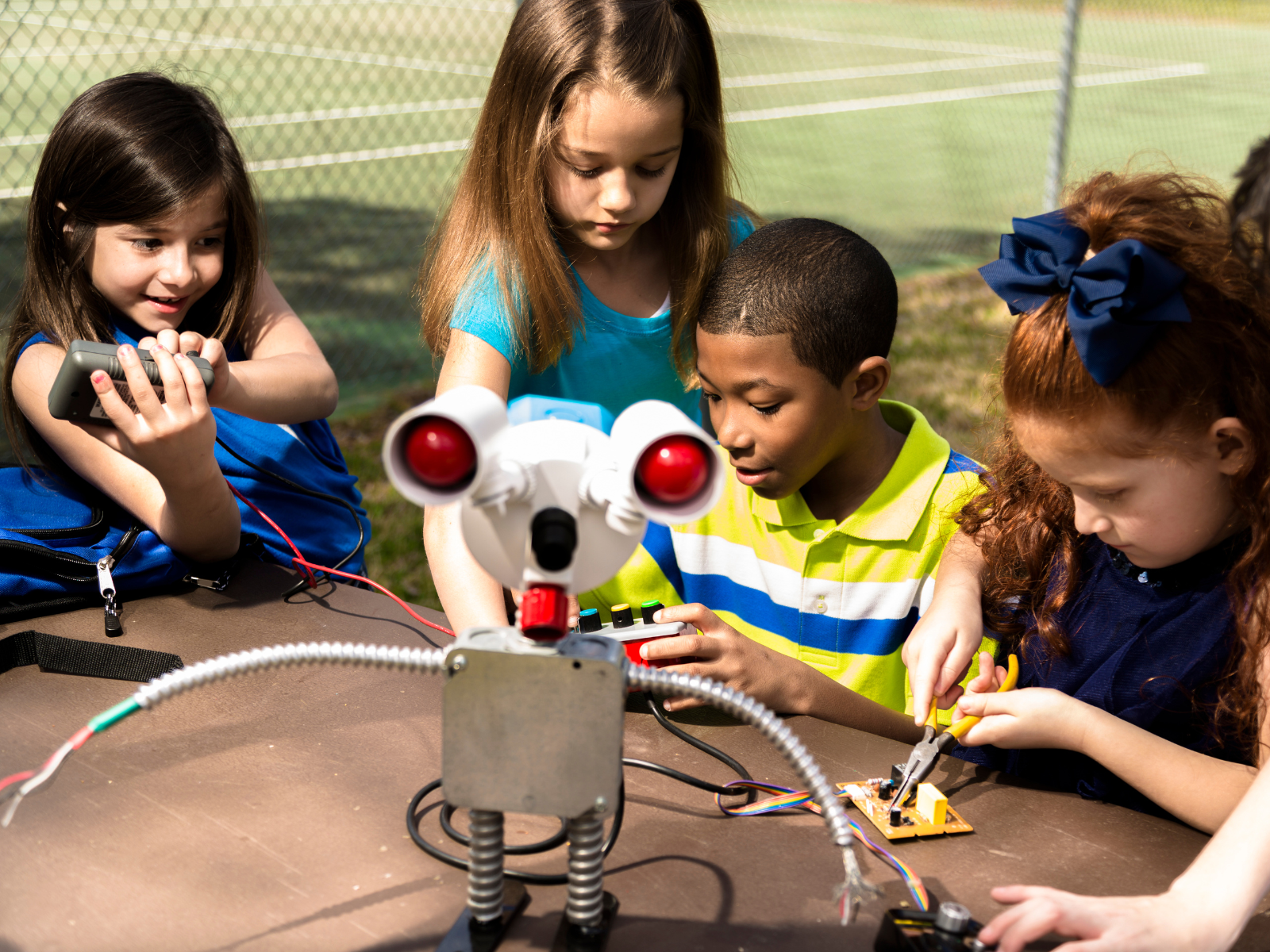
The Evolution of Experimentation
Experimentation in art has evolved over time, taking on various forms and embracing new technologies and mediums.
From the Renaissance period's scientific approach to artists like Leonardo da Vinci, who explored anatomy and perspective, to the avant-garde movements of the 20th century, such as Dadaism and Surrealism, that challenged societal norms, experimentation has always been a driving force in pushing artistic boundaries.
Throughout history, experimentation has played a pivotal role in shaping artistic movements and propelling artists to greatness.
Take, for instance, Jackson Pollock, the maestro of abstract expressionism.
With his iconic drip paintings, he revolutionized the art world, defying conventional techniques and embracing spontaneous gestures.
His experimentation paved the way for future generations of artists to let loose their creativity and follow their artistic instincts.
In modern society, experimentation has expanded beyond traditional mediums like painting and sculpture.
With the advent of digital art, installation art, performance art, and conceptual art, artists now have a vast playground to experiment with.
The rise of technology has opened up new avenues for exploration, allowing artists to blend traditional techniques with digital tools, creating immersive experiences that transcend the boundaries of the physical world.
Modern and contemporary art is a testament to the power of experimentation and risk-taking in art.
From interactive installations, to virtual reality works, and multimedia performances - these are all examples of how artists have transcended the limitations of traditional forms by embracing risk-taking.
In the contemporary art scene, experimental art has become a guiding force, igniting the flames of creativity and inspiring artists to think outside the box.
It encourages us to see the world through a different lens, to question the norms, and to embrace the freedom of self-expression.
It challenges us to confront our own biases and preconceptions, opening our minds to new possibilities.
Experimental art is about pushing boundaries in every artistic medium imaginable.
Think immersive installations that transport you to alternate realities, sculptures crafted from unconventional materials, and performances that challenge our very perception of time and space.
Experimental art takes us on a journey beyond the realm of the familiar and into uncharted territories of imagination.
It's an adventure that's full of surprises and delights, allowing us to explore new realms and rediscover our inherent creative powers.
Experimental art is a powerful tool for sparking creativity, inspiring innovators, and propelling the arts forward.

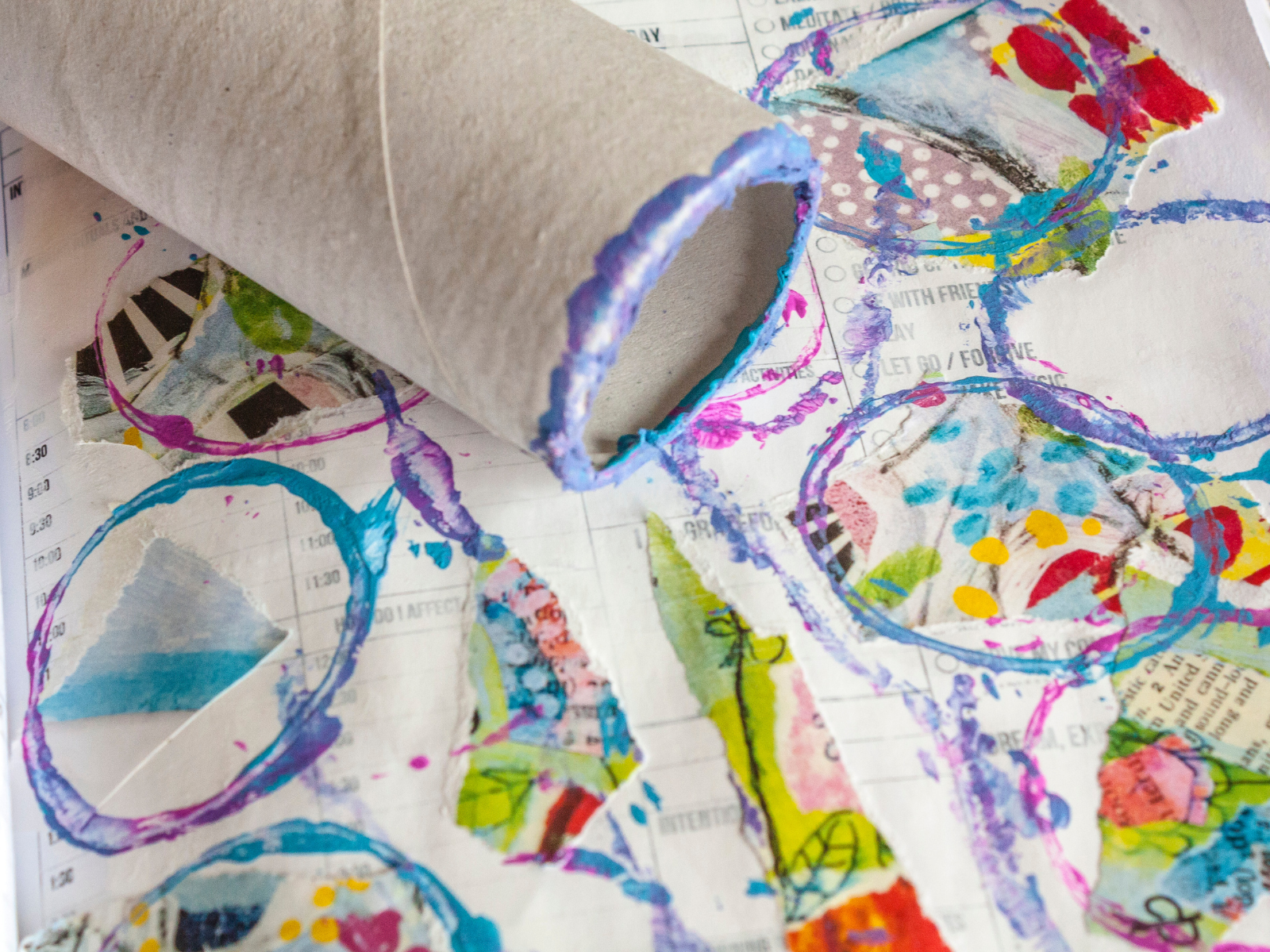
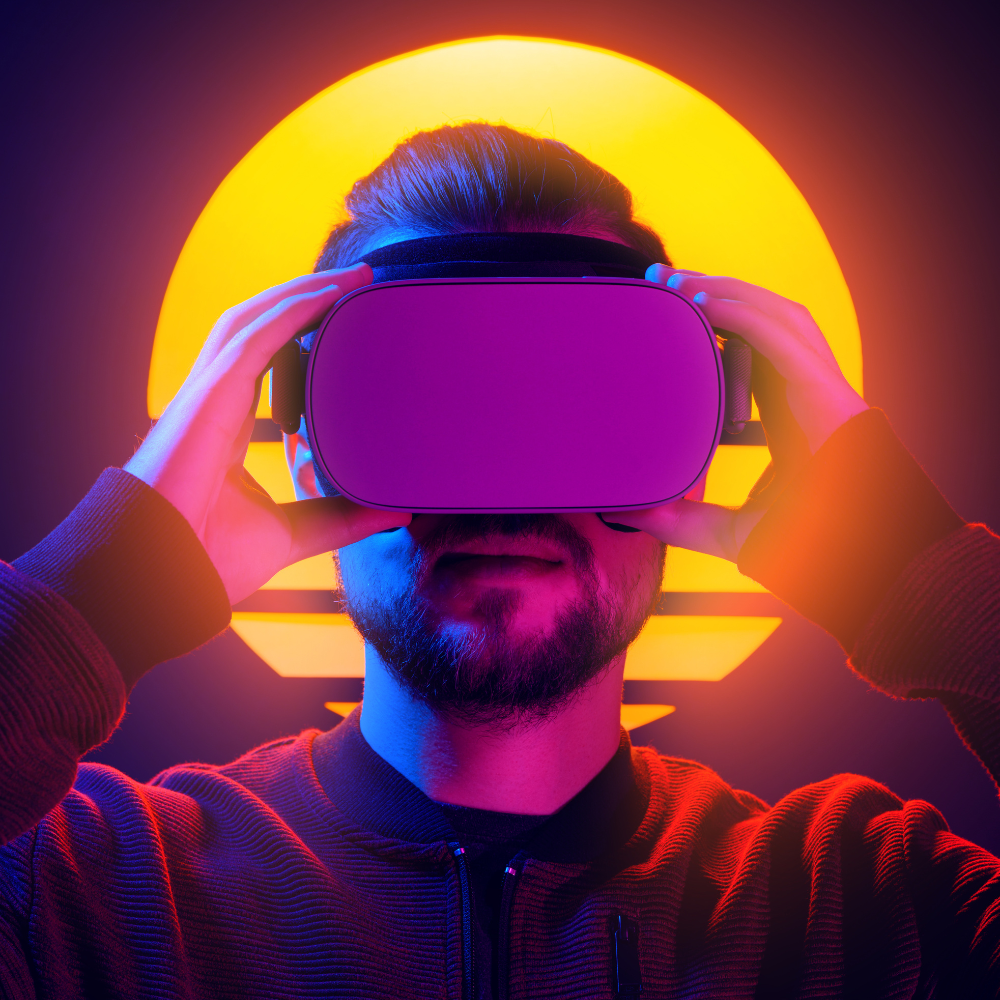
The Importance and Power of Experimentation
Experimentation is the lifeblood of artistic evolution.
It fuels innovation, challenges conventions, and propels the arts forward.
Without experimentation, art would remain stagnant, confined to predefined rules and limitations.
It is through experimentation that artists discover their true potential, find their voice, and leave an enduring impact on the world.
Experimentation holds immense significance in the arts, offering numerous perks for creators and the wider artistic community.
Firstly, experimentation allows artists to break through creative roadblocks by encouraging them to step outside their comfort zones.
By venturing into uncharted territory, artists can discover new techniques, materials, and forms of expression that they may never have encountered otherwise.
Moreover, experimentation challenges established norms and pushes the boundaries of what art is and can be; it disrupts the status quo, inviting viewers to question their preconceived notions and experience art in unconventional ways.
By embracing experimentation, artists can pave the way for new artistic movements, redefine artistic practices, and ignite critical conversations.
Experimental art is also an excellent platform for cultivating collaboration.
It encourages artists to embrace different perspectives, work together to find innovative solutions, and explore new ideas that may not have been possible alone.
At its core, experimentation in art fosters a culture of discovery, creativity, and innovation—one that is essential for the development of the arts and the growth of individual creators.
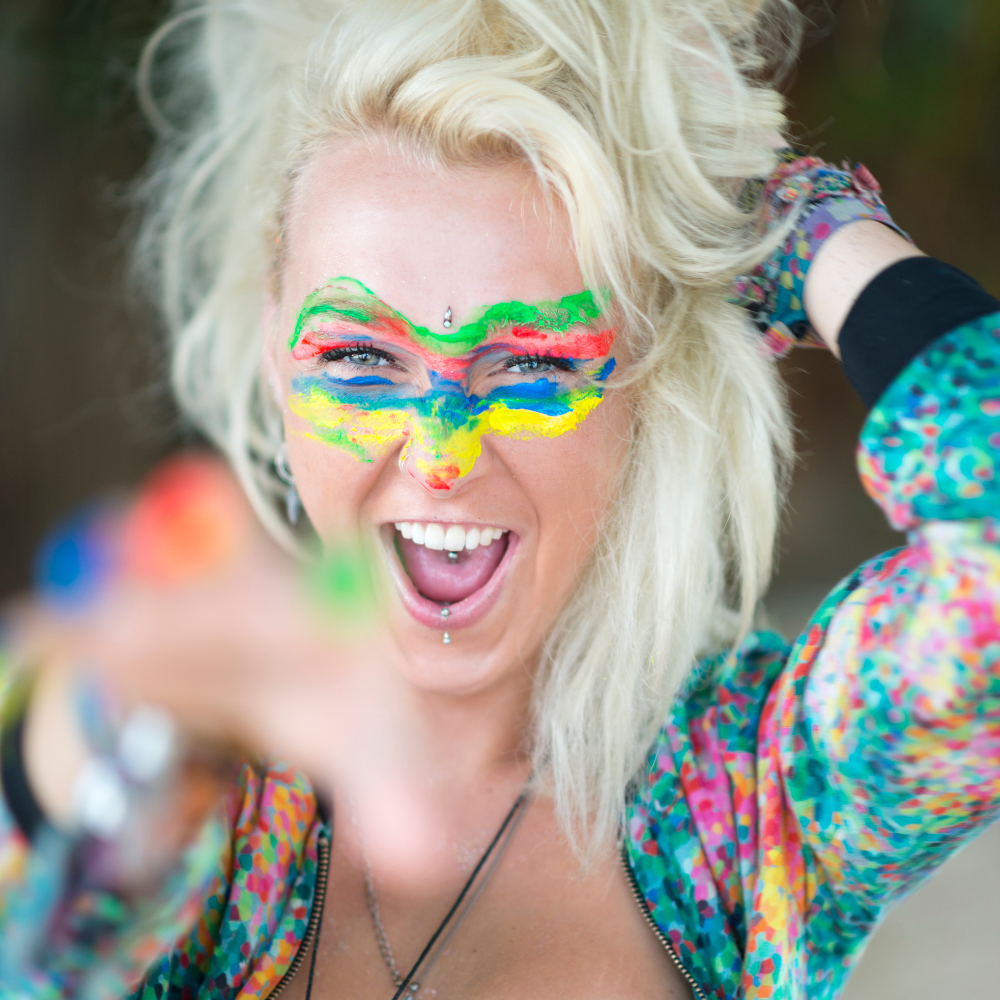
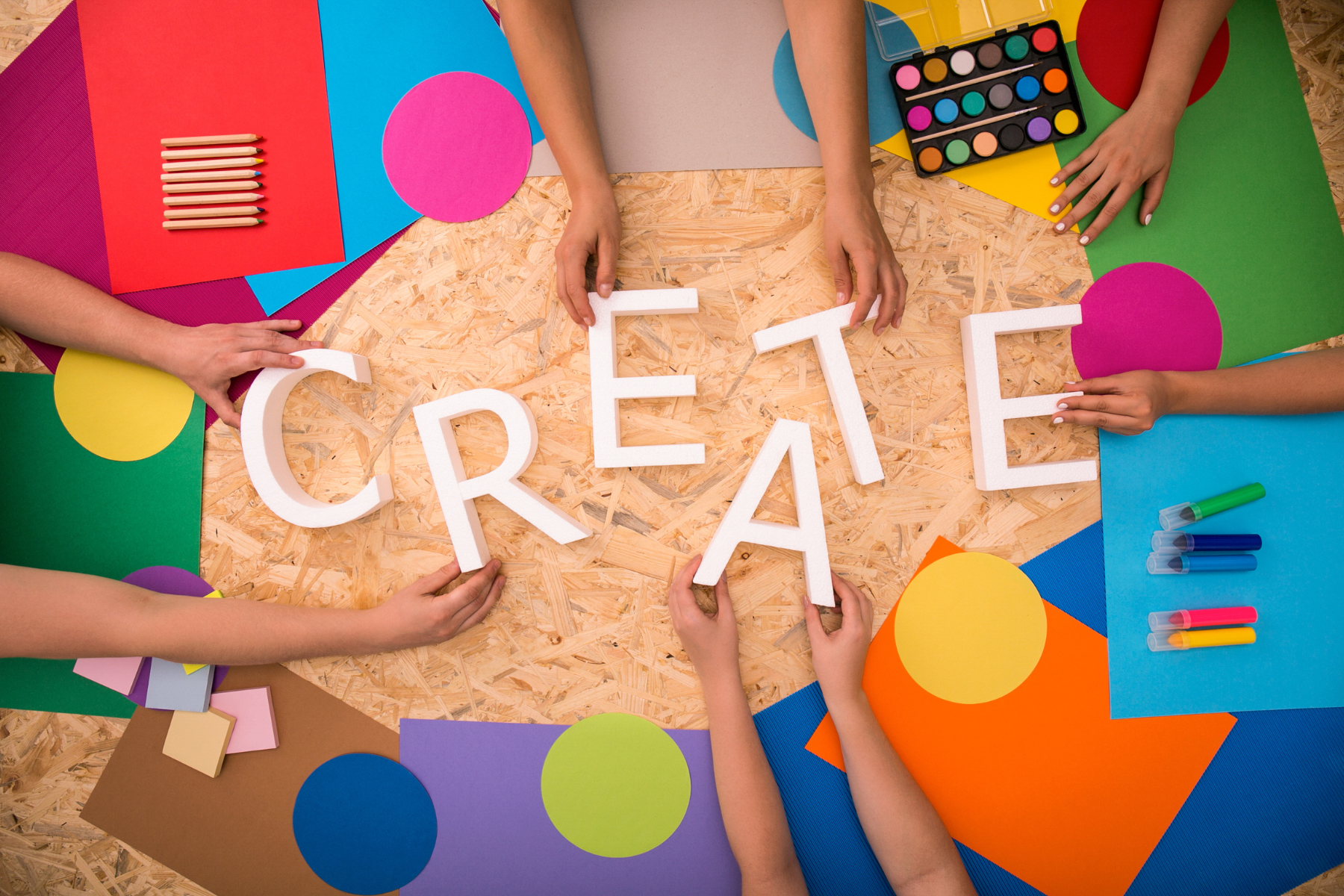
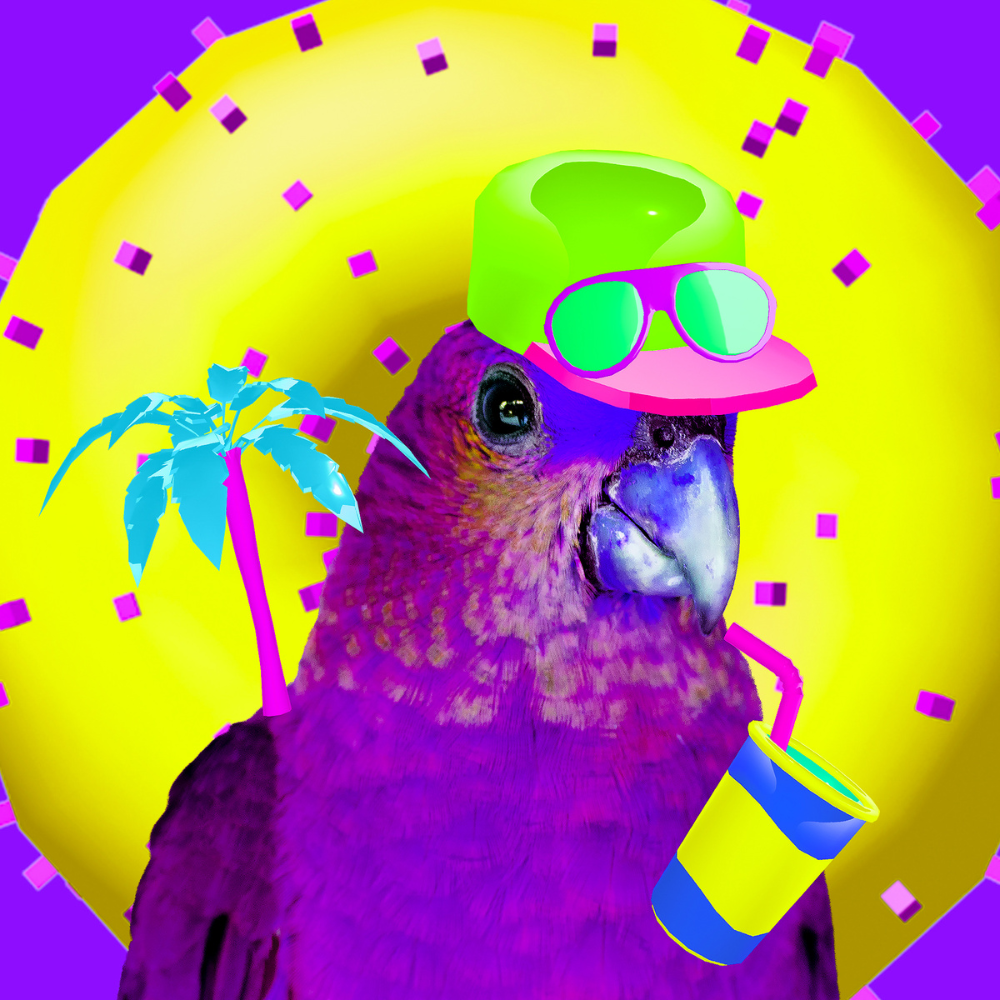
Benefits of Creative Experimentation
Experimentation is a powerful tool for unlocking creativity and uncovering hidden potential.
By taking risks and exploring unfamiliar methods, artists can discover new techniques, refine their skills, and create unique works of art that stand out from the crowd.
Whether practicing the visual arts, performing arts, or any other artistic endeavor, experimentation can help artists hone their craft and unlock the full range of their talents.
So, why should you take risks with your creative pursuits?
Here are some key benefits of embracing creative experimentation:
- Inspiration and Motivation:
Experimenting encourages artist to explore their creative limits and think outside the box.
It can be an excellent source of motivation when tackling large projects, allowing them to stay inspired and focused on the task at hand.
- Refinement of Skills:
By exploring different approaches and methods of creating, artists can hone their skills and refine their techniques.
With practice, they can become more comfortable working with unfamiliar materials and styles, gaining valuable knowledge in the process.
Experimentation also allows artists to explore different techniques, encouraging them to think critically and push their creative boundaries.
- Unlocking Potential:
Experimentation can help artists unlock hidden potential, prompting them to discover new forms of expression that may not have been possible before.
By taking risks, they can explore uncharted territories, uncover latent talents, and potentially create works of art that can truly stand out.
- Overcoming Creative Roadblocks:
Experimentation can be an effective tool for overcoming creative roadblocks, allowing artists to view their current situation from a new perspective and discover fresh ideas and solutions that they may not have thought of before.
While the outcomes of experimentation are never guaranteed, it can lead to incredible breakthroughs in creativity, providing a much-needed spark of inspiration for tackling tough projects.
- Professional Growth:
Experimenting can help artists stand out from their peers, broadening their network of contacts and paving the way for professional success.
It also serves as an excellent platform for learning new skills, building confidence, and showcasing their talents to the world.
In short, experimentation can open up a world of exciting opportunities for artists of all skill levels.

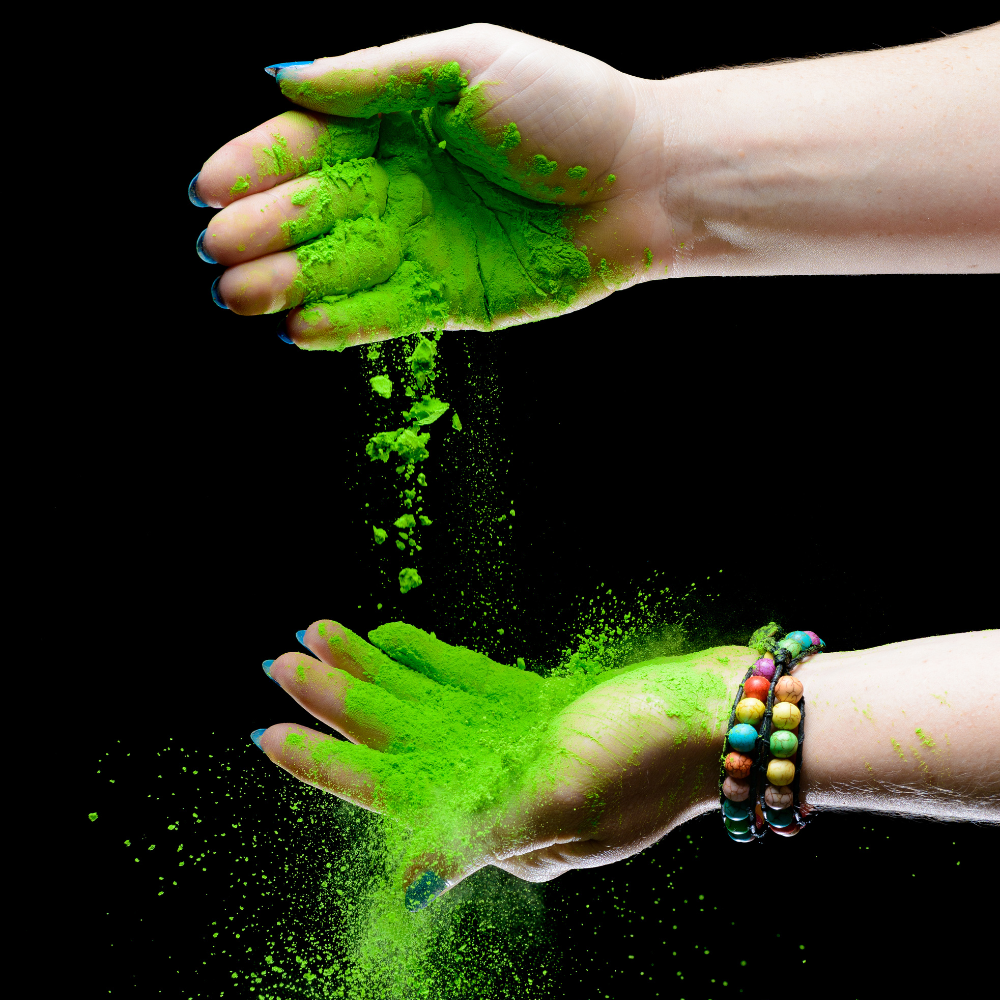
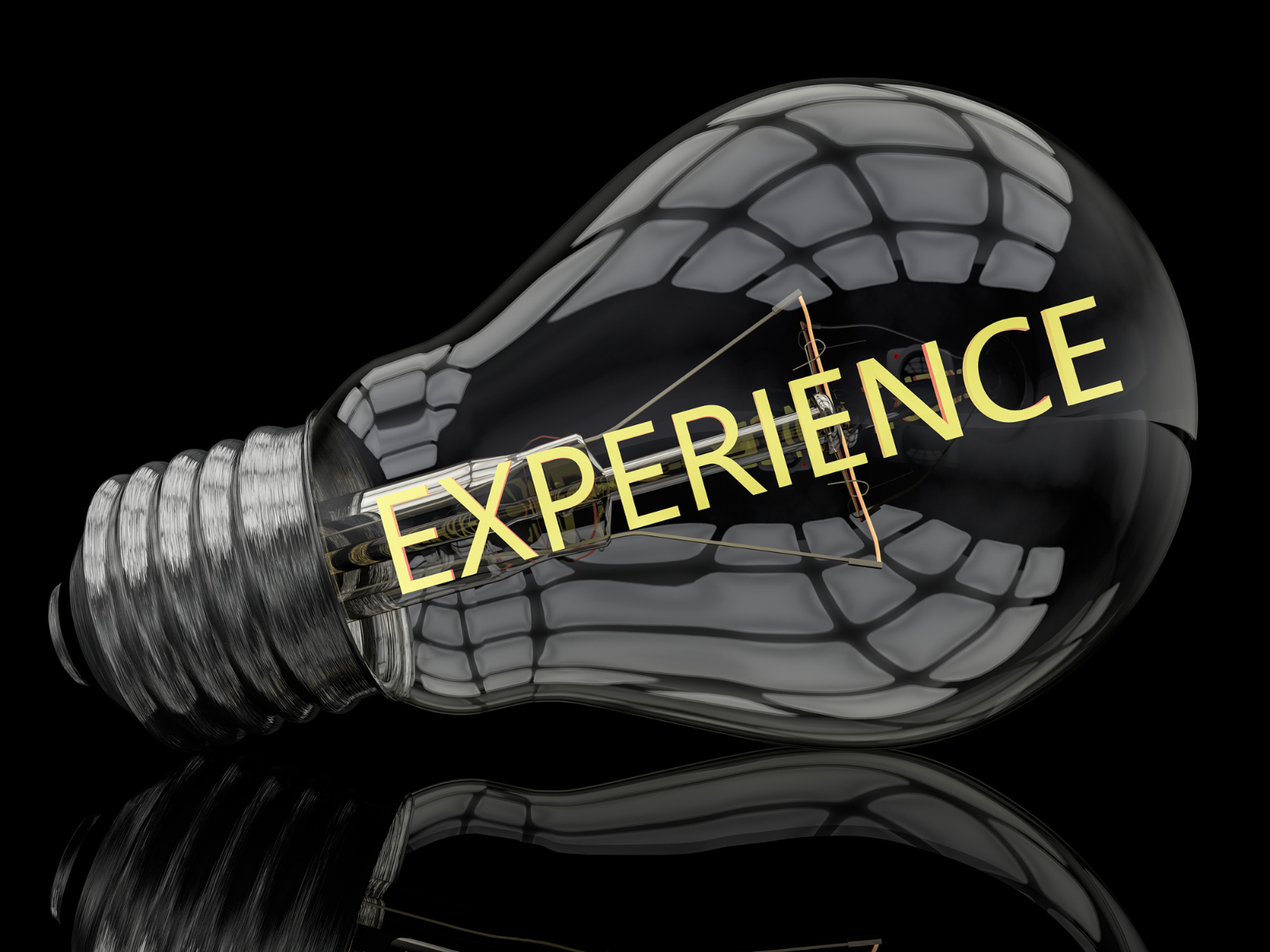
Real-Life Examples
Throughout history, countless artists have embraced experimentation, leaving an indelible mark on the art world.
Experimental artists come in all sorts of shapes and sizes, each with their own unique creative style.
To get a better sense of the power of experimentation in art, let's take a look at some real-life examples.
One notable example is Pablo Picasso, whose cubist paintings shattered traditional notions of representation.
His bold exploration of multiple viewpoints and fragmented forms revolutionized the art scene and inspired generations of artists to challenge conventions.
Another artist who exemplifies the power of experimentation is Yayoi Kusama.
Through her immersive installations and polka dot motifs, she transports viewers to otherworldly realms, blurring the boundaries between art and reality.
Her fearless experimentation with space and repetition has captivated audiences worldwide and propelled her to iconic status.
Hiroshi Fuji's recycled art sculptures offer yet another example of the potential impacts of experimentation.
His sculptures, crafted from discarded materials embody his environmentalist ethos while redefining what art can be.
By embracing unconventional materials and techniques, Fuji has transformed everyday objects into fascinating works of art, inspiring a wave of eco-friendly creatives in the process.
These examples illustrate the many ways in which experimentation can lead to groundbreaking works and transform the art scene as we know it.
They also demonstrate how taking risks can inspire others to embrace their creative potential, explore uncharted territories, and leave an unforgettable mark on the world.
The art world is filled with artists who have embraced experimentation, offering us a glimpse into the potential of taking risks in art.
Some showcase their artworks in an exhibition, others whisper it from the rooftops, while some simply let their work speak for itself.
Regardless of how they choose to showcase their artworks, these artists are a testament to the power of experimentation and risk-taking in art.
By understanding their stories and exploring their works, we can gain valuable insights that will help us expand our own creative horizons.
Artistic production is, after all, a process of experimentation and exploration - one that should be embraced and celebrated.
Only by taking risks can we hope to create something truly unique and memorable.

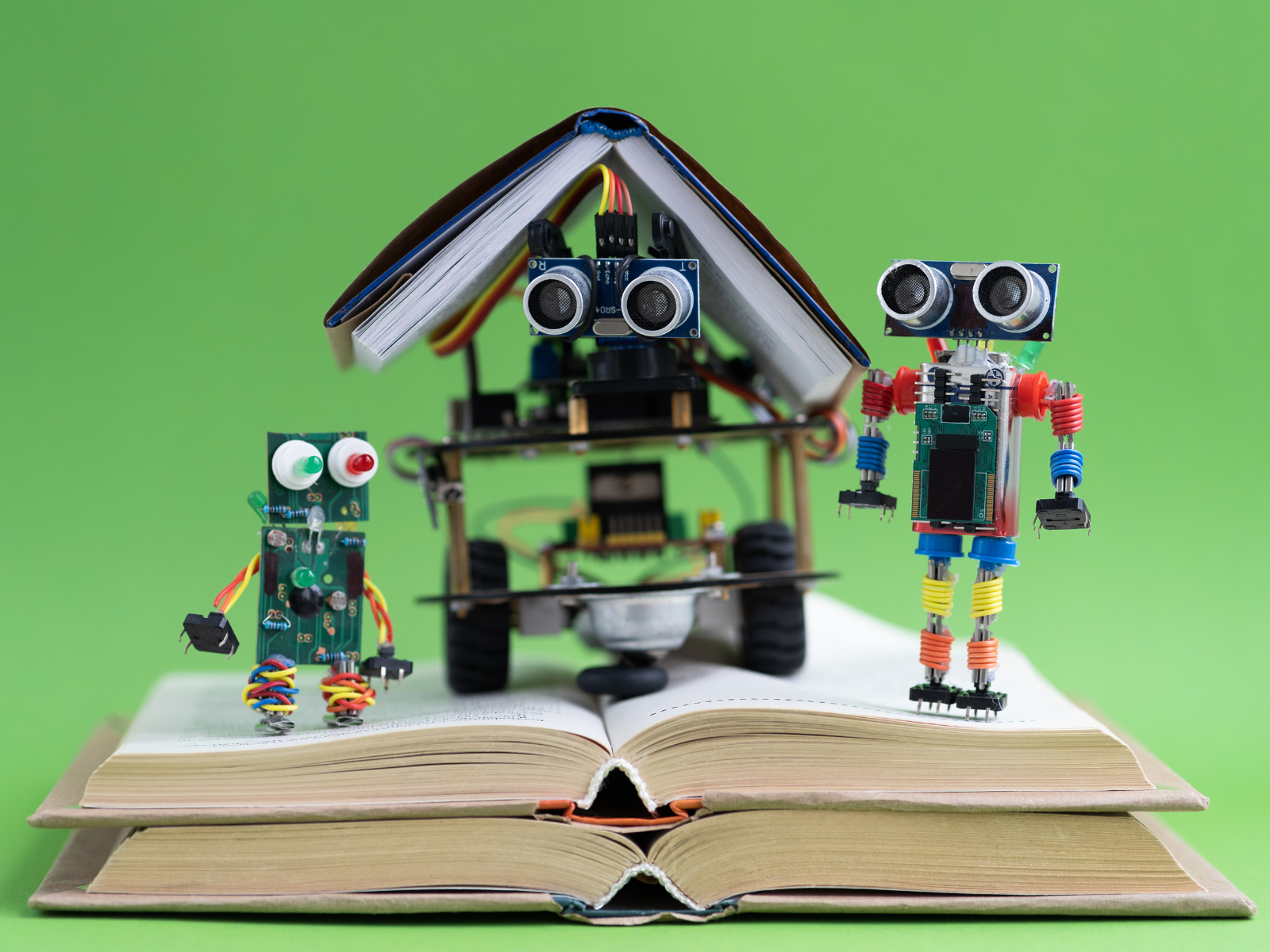
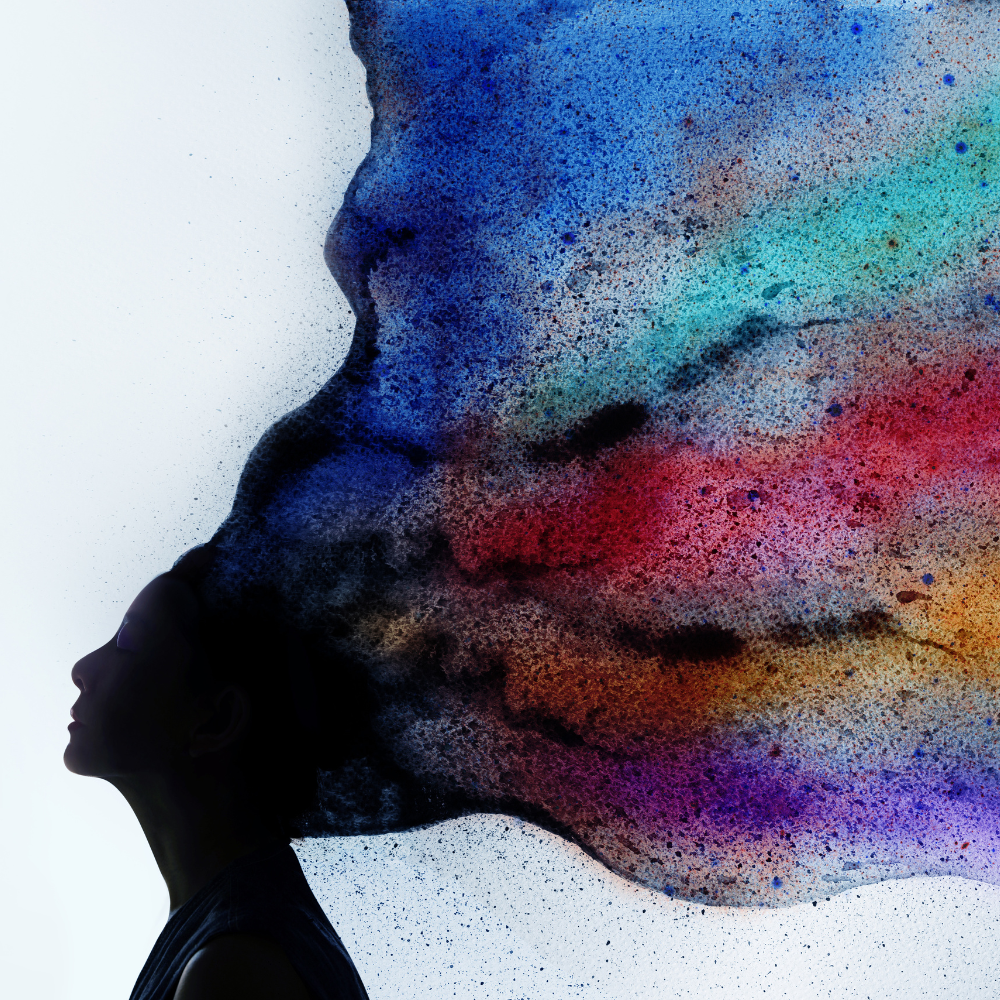
Incorporate Experimentation into Your Practice
For creators looking to incorporate experimentation into their own art making practice, there are several practical steps to consider.
Formal innovation isn't the only way to make art; it's also important to explore informal techniques and methods that challenge traditional practices.
Creating a conducive environment that fosters experimentation is crucial.
This includes setting aside dedicated time for exploration, creating a supportive network of fellow artists, and embracing a growth mindset that welcomes failure as an opportunity for growth.
Another way to experiment with your art is to change your approach to materials; taking risks is an essential aspect of experimentation.
Instead of sticking to the same canvas and paint, why not experiment with new materials and mediums?
Artists should be willing to step outside their comfort zones, try new techniques, and explore unfamiliar subject matters.
By stepping out of your comfort zone and using new materials, you can unlock new artistic possibilities and discover new avenues of creative expression.
Another way to experiment with your art is to change your perception and outlook.
Try looking at your subjects from a different angle, or trying out a different color scheme.
This can help you to explore new perspectives and unlock new artistic possibilities.
An idea that is often overlooked when it comes to experimenting with art is collaboration.
When like-minded artists come together, they can trade ideas and techniques, collaborate to create unique artwork together, and bring fresh perspectives to the table.
Collaboration plays a significant role in experimentation, as it allows artists to combine their unique perspectives and skills, pushing the boundaries even further.
Working with fellow artists can unlock powerful insights, spark innovative ideas, and provide valuable feedback on your works.
By collaborating with other creatives, you can break down creative roadblocks, explore new possibilities, and discover hidden potential in your work.
At the end of the day, experimentation is an essential tool for unlocking creativity, inspiring innovation, and propelling the arts forward.
Whether drawing, crafting a story with written word, or playing around with sound, experimentation is a powerful tool that can help you explore new artistic territories and uncover your true creative potential.
By embracing experimentation, artists can unlock a world of possibilities and create something truly remarkable.
A single risk could lead to an incredible breakthrough in your creative practice, so take a chance and see what happens.
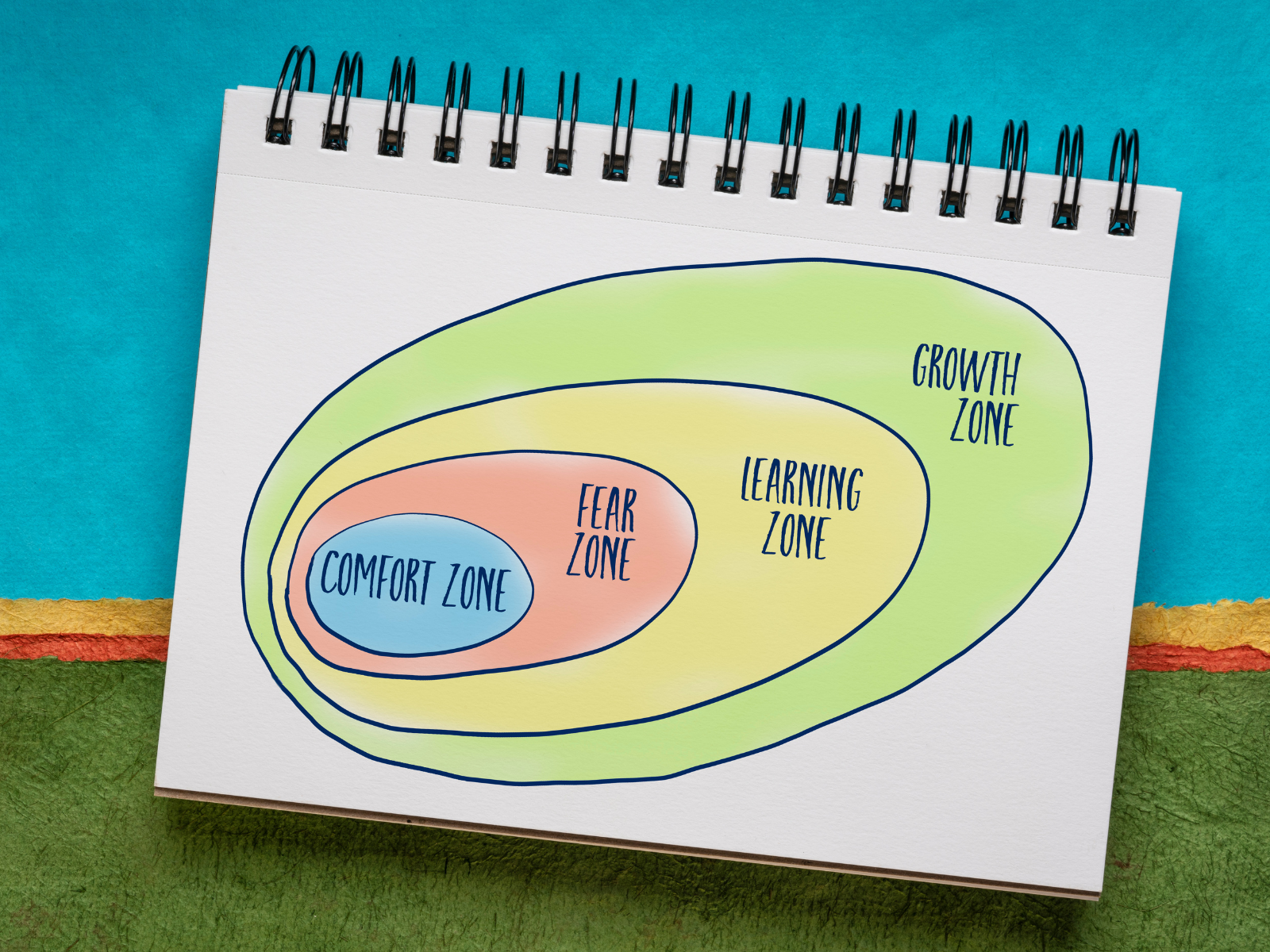
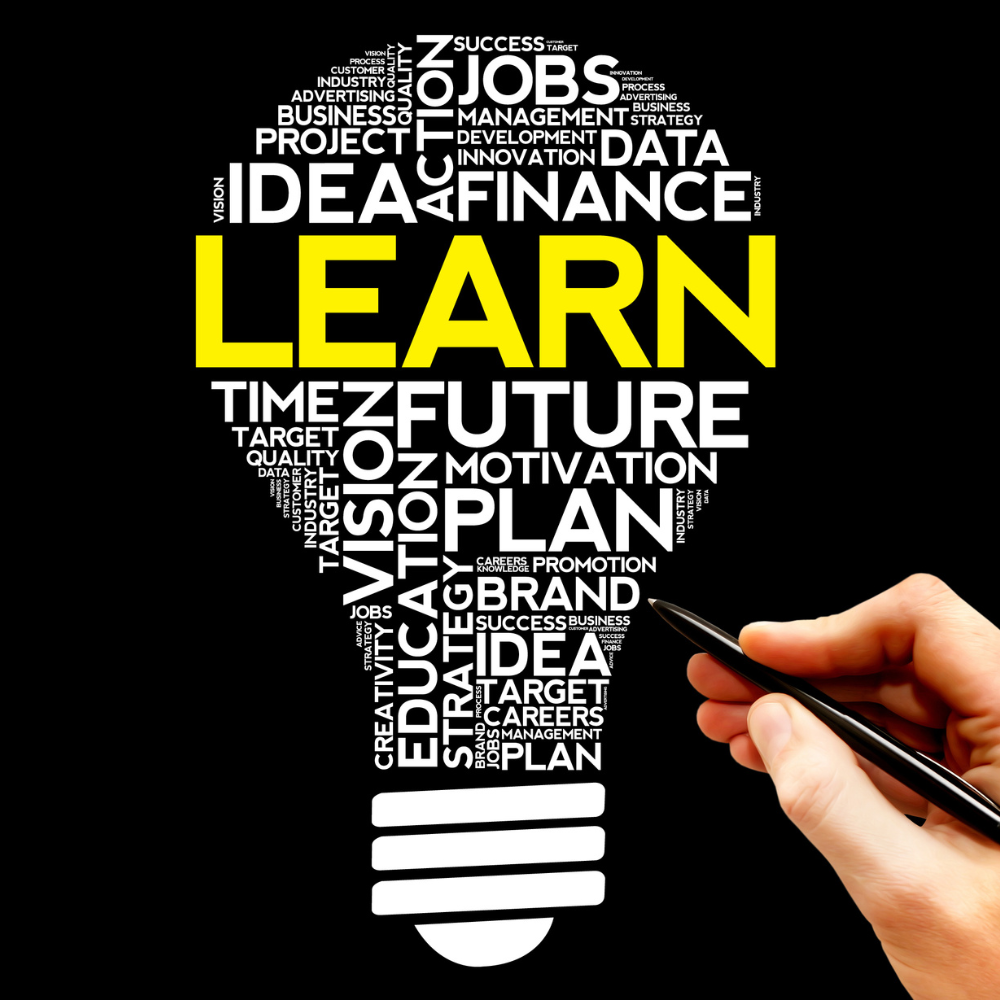
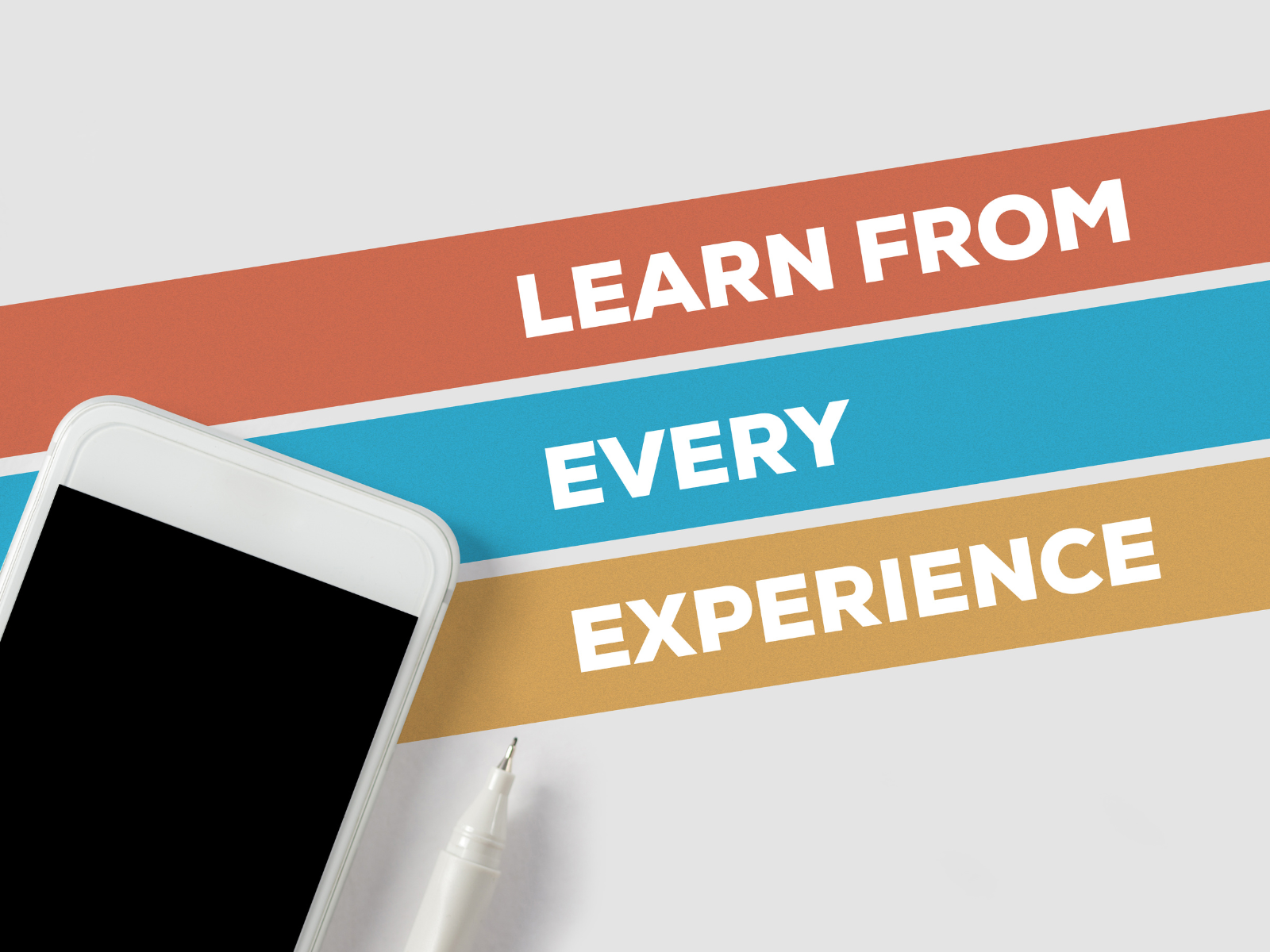
Tips for Experimentation in Art
So, you're ready to take a leap of faith and dive into the world of artistic experimentation?
Awesome! Here are some useful tips to get your creative juices flowing.
- Start Small:
It's perfectly fine to start experimenting with smaller projects and gradually expand your creative endeavors.
Small experiments can help you to gain confidence in the process and build up your artistic skills before tackling more ambitious projects.
- Experiment with Different Techniques:
From traditional mediums to digital tools, there are many techniques that artists can experiment with.
Try mixing different mediums together, combine painting and photography, or experiment with materials and textures.
- Embrace Technology:
In the digital age, technology is an invaluable tool for experimentation.
Try exploring virtual reality, augmented reality, 3D printing, or any other tools that can expand your artistic capabilities.
- Take Risks:
Experimentation requires taking risks and pushing boundaries.
Don't be afraid to take risks and explore uncharted territories; you never know what new creations you may come up with!
- Find Inspiration Everywhere:
For inspiration, look beyond the art world for ideas.
Draw inspiration from everyday life, nature, music, literature—anything that can help to spark your imagination.
- Get Feedback:
Asking for feedback is essential to experimentation.
It can help you identify areas for improvement and uncover new creative possibilities.
- Have Fun:
Above all, remember to have fun!
Enjoy the process and don't take yourself too seriously; experimentation should be liberating and enjoyable.
So, dear creators, dare to dream, embrace the unknown, and let experimentation guide you on a journey of self-discovery and artistic growth.
As the great artist Henri Matisse once said, "Creativity takes courage."
Embrace that courage, ignite your imagination, and let experimentation be your guide to unlocking the true essence of your artistic brilliance.

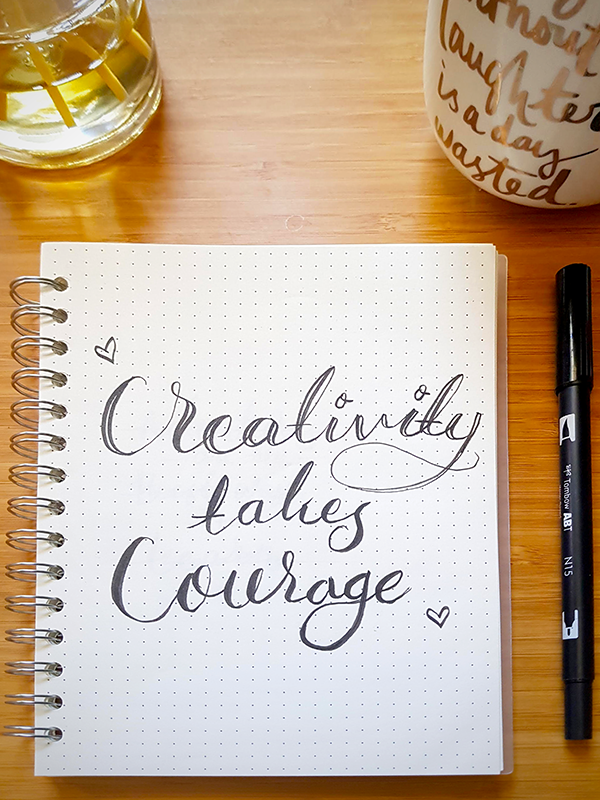
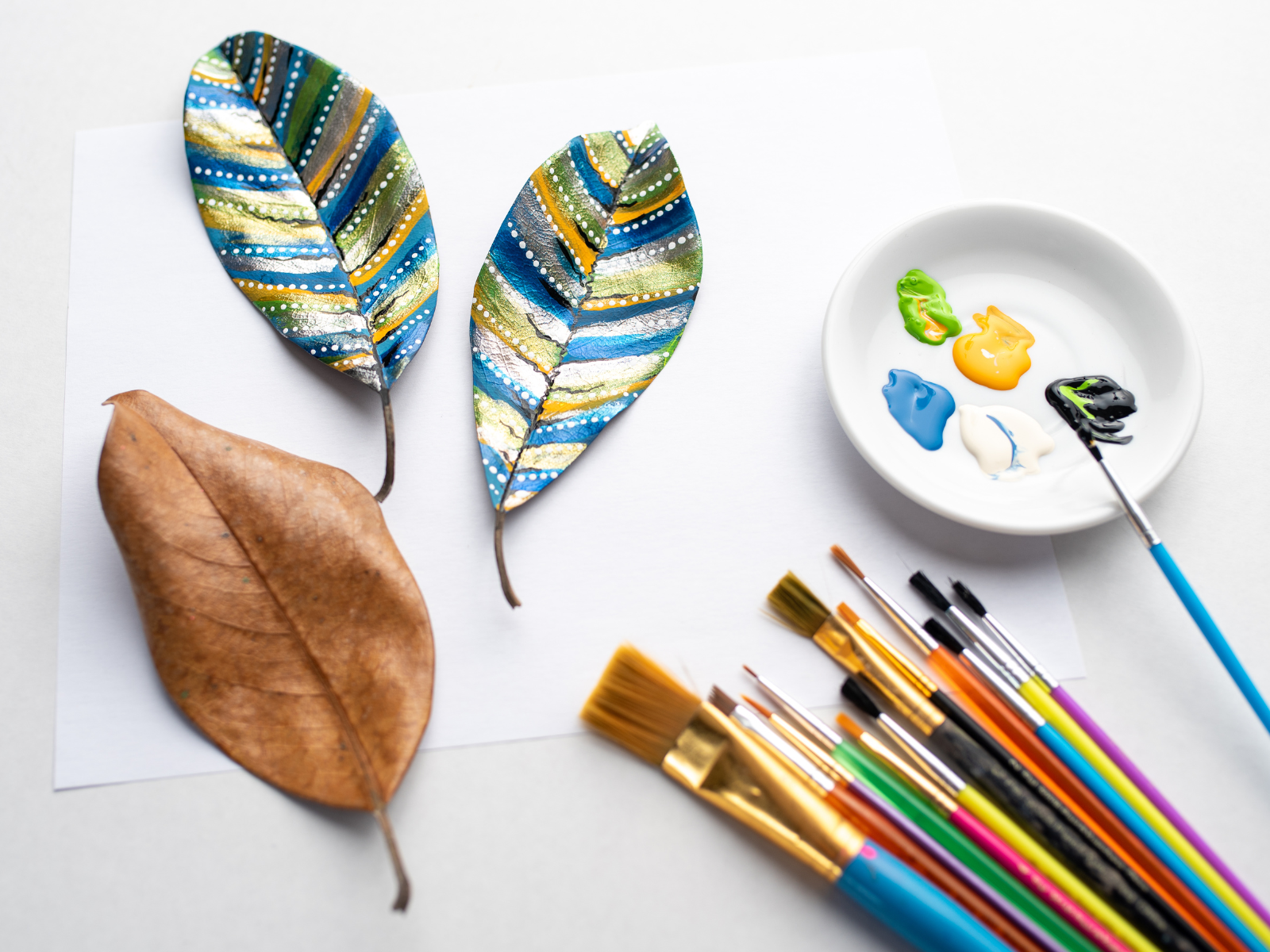
Embracing Experimental Art
Experimentation is the key to unlocking your true creative potential as an artist.
From inspiring innovation to cultivating collaboration, experimentation can open up endless possibilities in the arts.
Don't be afraid to try new techniques, materials or collaborate with others to create something unique.
It might seem daunting at first, but risk-taking and adventurousness can result in game-changing discoveries.
By embracing experimentation, artists can discover new techniques, challenge themselves to think outside the box, and leave an unforgettable mark on the art world.
If you're looking to take the next step in your artistic pursuits, embrace experimentation and unleash the incredible creativity that resides within you.
Let's celebrate the bold, the audacious, and the wonderfully weird.
Let us immerse ourselves in the world of experimental art and allow our imaginations to run wild.
After all, it is through experimentation that we discover the true essence of creativity and unlock the boundless potential within ourselves!
Now, go forth and explore the unexplored, embrace the unconventional, and let your creativity soar to new heights.
The world is your canvas, so why not paint it with the vibrant colors of experimentation?
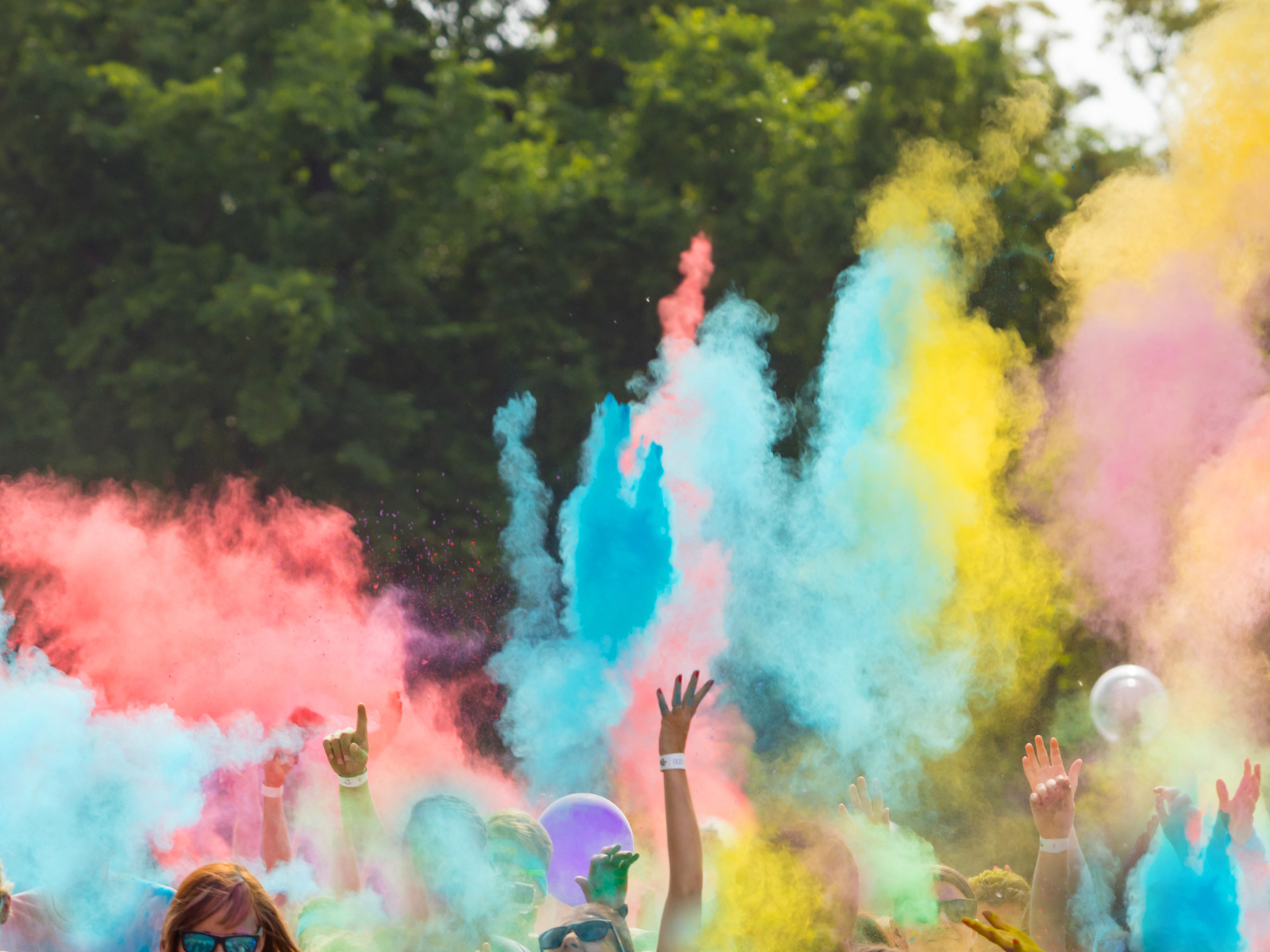
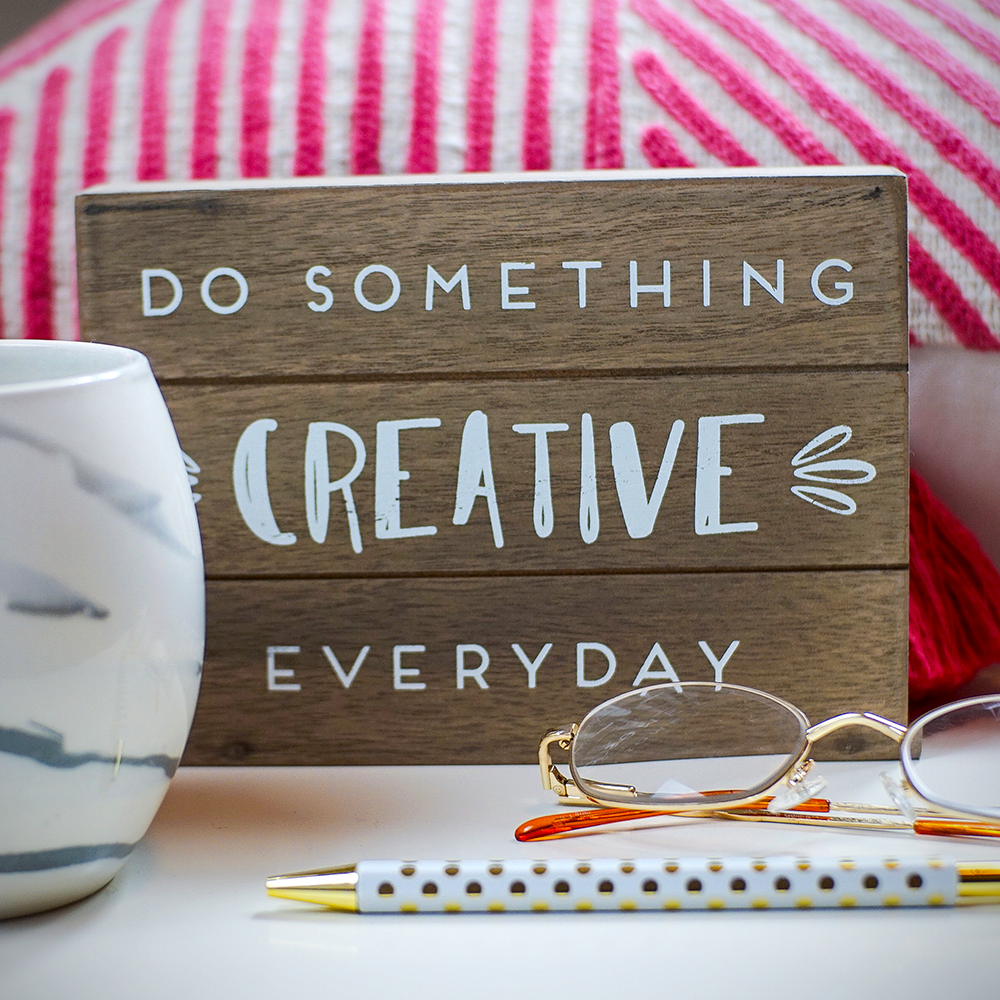
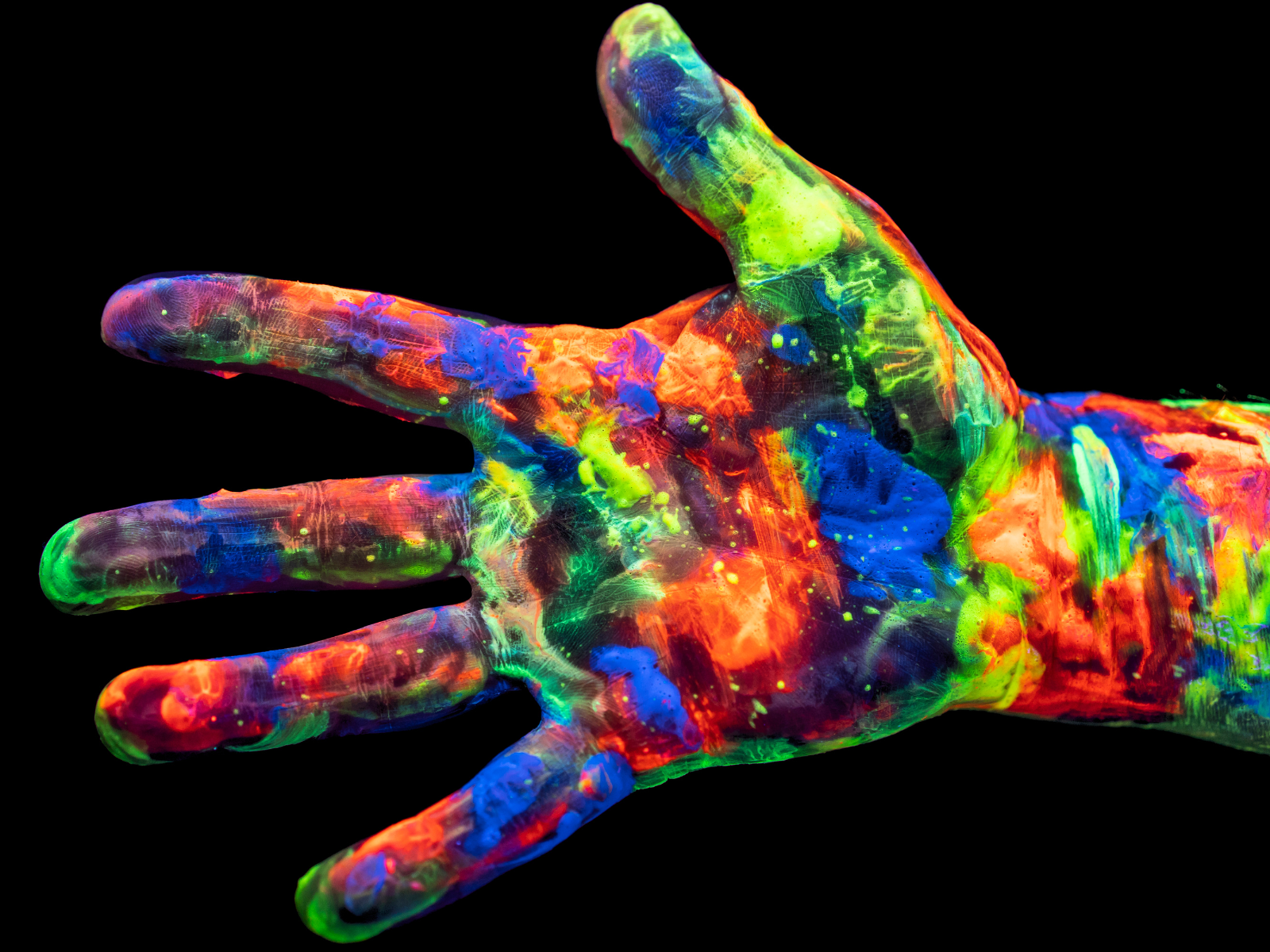
Interested in learning more about experimenting in art and the creative process? Check out Helen Wells Artist: Sketchbooks + Art Ideas' video!
Want even more content about creativity and art?
Be sure to check out all of our creative chronicles!
Ready to experiment and tap into your creative side?
Check out some of our other articles:
